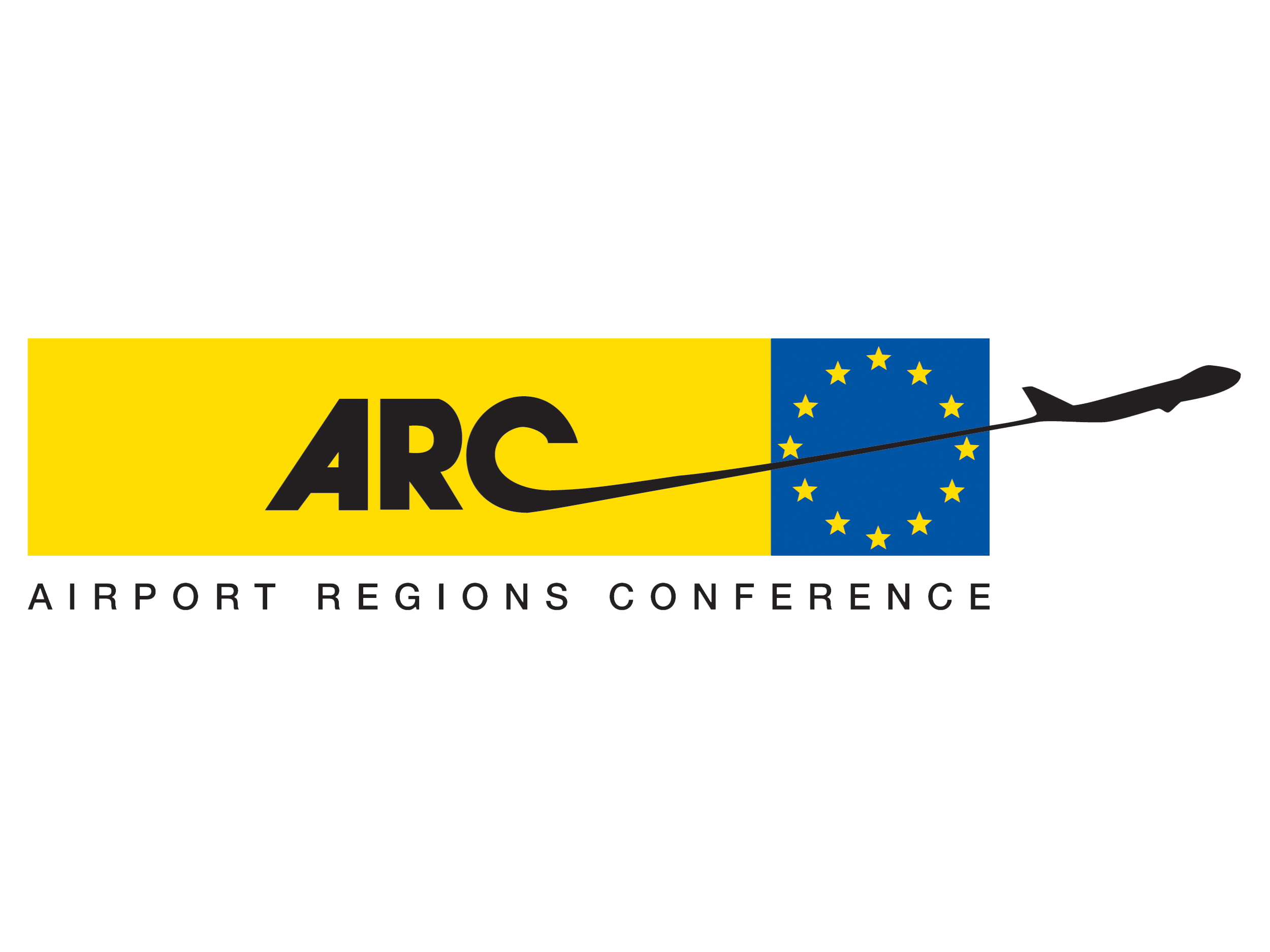Webinar on Airport Traffic Growth
- Airport Regions

- Oct 2
- 2 min read
✈️ Levers Airports May Be Overlooking – Insights from Airbus Consulting
View Airbus Consulting's Webinar from October 2, 2025 at 15:00 (Brussels time) for a deep dive into three often-overlooked pillars of airport development:
Summary of the webinar
In an ARC webinar held on October 2, 2025, Patrick from Airbus Consulting addressed some of the challenges and opportunities facing airports. He explained that with significant growth forecasted, including over 42,000 new aircraft deliveries by 2044, airports have a clear ambition to expand their networks and achieve robust financial performance. To do so, Patrick discussed several key growth levers that airports may be overlooking in their strategic planning.
The first step to new markets
First, Patrick discussed Runway Capability, highlighting the runway as a key asset for growth and revenue. He urged planners to assess what cities can be reached by different in-service and future aircraft and to avoid using generic performance data, as every runway's environment is unique. A runway extension could be considered if an airport wants aircraft, for example, to fly farther and unlock new non-stop markets. A detailed understanding of runway potential can stimulate markets and increase an airport's market share.
Unlocking airside capacity
Next, Patrick covered Airside Compatibility, stating that an airport's capacity to handle aircraft on the ground directly defines its growth ceiling. He recommended that an airport’s Master Plan should proactively plan for future traffic by future-proofing parking stands for maximum fleet flexibility. For airside flow, he advised optimizing taxi routes to be shorter and more direct and strategically placing Rapid Exit Taxiways (RETs) to slash runway occupancy time and boost throughput.
Pavement lifespan
Regarding Pavement, Patrick explained it is one of the airport's most valuable assets, with its upkeep representing up to 50% of annual infrastructure maintenance costs. Pavement lifespan can be managed by the ICAO's ACR/PCR system, where unrestricted operations require an aircraft's rating (ACR) to be below the pavement's rating (PCR). Patrick emphasized that using a conservative PCR calculation tool can lead to costly, misguided decisions, such as unnecessary traffic restrictions and premature overhaul costs. An optimised tool, however, supports increased revenues and better budget management.
Seize every possible opportunity
In his conclusion, Patrick stressed that for an airport to grow at the pace of the market, its stakeholders must integrate these levers into their strategic planning. By focusing on Runway Capability, Airside Compatibility, and Pavement management, airports can seize market opportunities and create a virtuous cycle of growth, leading to new routes, more passengers, and enhanced profitability.



